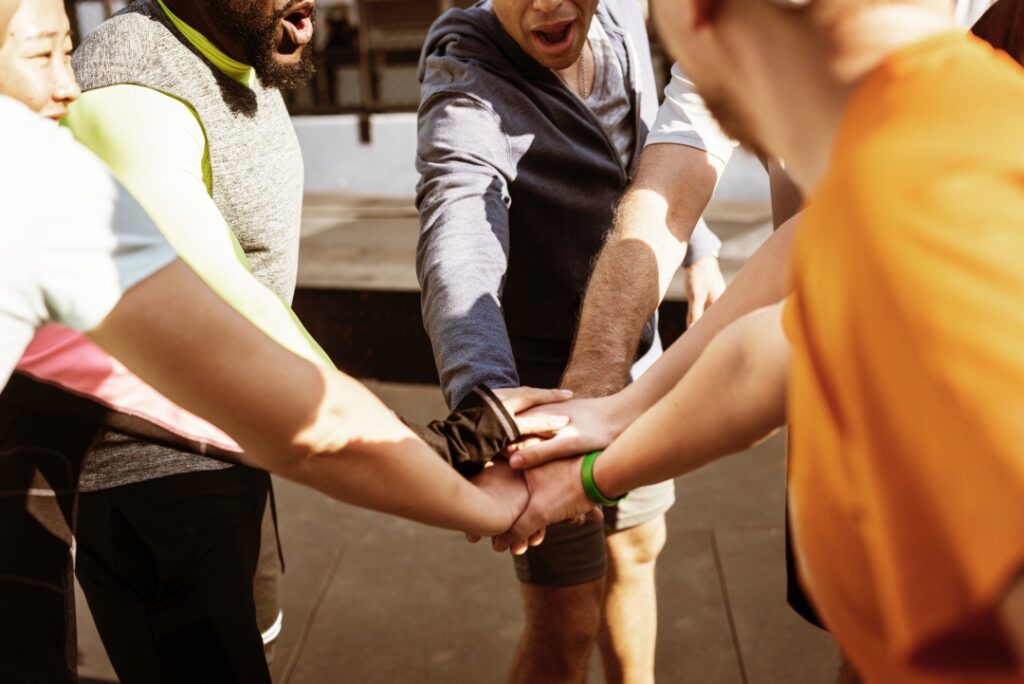This article is part of a series of articles listing some things you can do to help prevent cancer.
As we know, there are some bad habits that have a direct impact on the likelihood of being diagnosed with cancer. At the same time, there are essential habits that can help us with cancer and other illnesses.
Stop Smoking
Smoking is considered the cause of roughly 90% of lung cancers in men and close to 80% of lung cancers in women. More than 7000 toxic chemicals, (Yes that number is accurate!) have been identified in cigarettes and cigarette smoke, such as carcinogenic chemicals including arsenic, benzene, cadmium, polonium-210, vinyl chloride, formaldehyde, and other toxins. Smoking not only contributes to cancer but numerous other health issues such as premature births, osteoporosis, heart disease, cataracts, and lung ailments.
At the Budwig Center, we use an effective natural emotional balancing technique that has successfully helped many to stop smoking, even those of our patients who have smoked for decades.
You’ve Got to Move it, Move it, Move it!
An in-depth study, published in JAMA Internal Medicine, looked at information from 1.4 million people ages 19 to 98 collected over about 11 years. The study concluded that the most active people enjoyed a reduced risk of 13 different types of cancers. Interestingly, exercise appeared to be most protective against esophageal cancer (42 percent lower risk!), followed by liver cancer (27 percent lower) and lung cancer (26 percent lower).
Couple the long commute to and from work, with a sedentary job spent sitting at a desk and then the evening spent relaxing in front of the TV. Combine this static lifestyle with an unhealthy diet, and it will not be long before a chronic health issue develops. We must stay physically active to prevent cancer!
Bad digestion, inflammation, hormonal imbalances, and a general lack of energy are often the results of a sedentary lifestyle.
What Kind of Exercise Should I do?
First, please check with your doctor to evaluate your current condition and determine the safest exercise program for you.
Here are a few effective exercises most can do:
- Walking – A simple, yet powerful exercise, walking should not be underestimated. It offers a host of health benefits from improved cholesterol levels, strengthening of the bones, keeping blood pressure in check, lifting your mood, and it also lowers your risk for a slew of different diseases among which are diabetes and heart disease, to name just a few.
- Rebounding – According to Cancer Tutor, “For your health, rebounding involves jumping on a mini-trampoline; this increases both blood and lymph circulation. The body contains 5-6 quarts of blood, which is circulated by the heart. But without the lymphatic system, the body cannot effectively eliminate toxins. The lymphatic system is a major dumping ground for toxins and waste products. Exercising on a rebounder promotes the flow of lymph, thereby flushing the toxins.” (look for the new bungee-cord type mini trampolines instead of the spring type).
Watch this report from NASA that highlights the benefits of rebounding:
- Swimming – A great, low-impact exercise for strengthening your muscles and your heart. “Swimming is good for individuals with arthritis because it’s less weight-bearing,” explains Dr. I-Min Lee, professor of medicine at Harvard Medical School.
- Stretching – Before doing any exercise, do some gentle stretching. And if you don’t have the time or energy for a full work out, make sure to do some daily stretching and get that blood flowing to your muscles which improves circulation and acts as a stress reliever.
- Strength Training – Lifting light weights won’t bulk up your muscles, but it will keep them strong. “If you don’t use muscles, they will lose their strength over time,” Dr. Lee says. Along with free weights, you can also use stretchy cords or resistance bands with varying degrees of tension.
- Kegel Exercises – strengthen the pelvic floor muscles that support the bladder. Strong pelvic floor muscles can go a long way toward preventing incontinence. While many women are familiar with Kegels, don’t be surprised, these exercises can benefit men too!
For more information, contact us.
